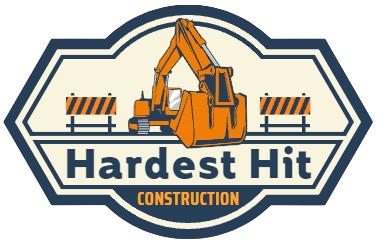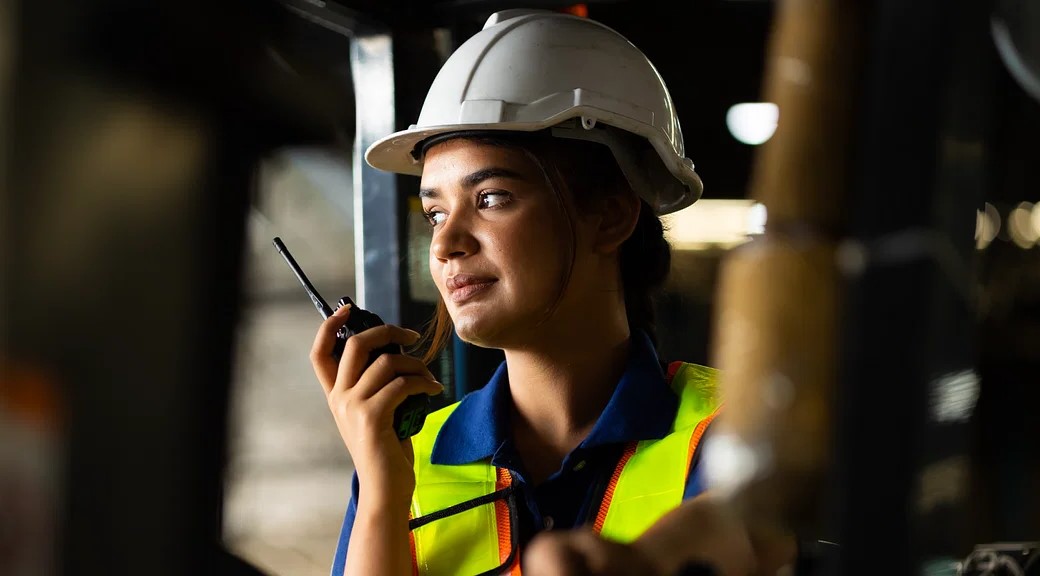The construction industry, traditionally dominated by men, is experiencing a notable shift as women increasingly play pivotal roles in shaping the built environment. The narrative surrounding women in construction is evolving from one of underrepresentation to empowerment and recognition. This article delves into the changing landscape of the construction industry, highlighting the significant contributions of women, the barriers they’ve overcome, and the future they are helping to shape.
Historical Perspective:
Historically, the construction industry has been perceived as male-dominated, with women facing barriers in accessing opportunities and breaking into various roles. Traditionally, women were confined to administrative positions, and their involvement in physically demanding tasks on construction sites was limited. However, societal perceptions and industry dynamics have evolved, leading to a more inclusive and diverse construction workforce.
Breaking Barriers:

- Occupational Diversity:Women in construction are breaking traditional stereotypes by participating in a wide range of occupations within the industry. While administrative roles remain important, women are increasingly taking on roles as architects, engineers, project managers, carpenters, electricians, and heavy equipment operators.
- Education and Training:A crucial aspect of breaking barriers is providing equal access to education and training opportunities. More women are pursuing degrees and certifications in construction-related fields, equipping themselves with the skills and knowledge necessary for diverse roles in the industry.
- Advancements in Technology:Technological advancements in construction have played a role in breaking barriers. The use of advanced machinery, drones, and digital tools has lessened the emphasis on physical strength, creating an environment where skills and expertise are valued over gender stereotypes.
- Supportive Industry Initiatives:Industry initiatives that promote diversity and inclusion are helping break down barriers for women in construction. Programs and organizations advocating for equal opportunities, mentorship, and networking opportunities contribute to creating a more supportive and inclusive environment.
Significant Contributions of Women in Construction:
- Design and Architecture:Women architects and designers are making significant contributions to the aesthetics and functionality of structures. Their unique perspectives bring diversity to architectural designs, influencing the overall landscape of the built environment.
- Project Management:Women are increasingly taking on leadership roles in project management, overseeing the planning, execution, and completion of construction projects. Effective project management is crucial for ensuring the success of construction endeavors.
- Engineering and Innovation:Women engineers are contributing to innovation in construction, applying their expertise to improve construction methodologies, materials, and sustainability practices. Their involvement in research and development is instrumental in advancing the industry.
- Skilled Trades:Women are breaking into traditionally male-dominated skilled trades, such as carpentry, electrical work, and welding. Their presence in these roles challenges stereotypes and demonstrates that skill and dedication are not defined by gender. Do you like the article? Read also about Maximizing space.
- Community Engagement:Women in construction are actively engaging with communities, addressing local needs, and ensuring that construction projects consider the broader societal impact. Their involvement fosters a more holistic approach to construction, taking into account social, economic, and environmental considerations.
Challenges Faced by Women in Construction:
- Underrepresentation:Despite progress, women remain underrepresented in many sectors of the construction industry. Overcoming this challenge requires continued efforts to address biases, promote equal opportunities, and create inclusive work environments.
- Gender Stereotypes:Gender stereotypes persist in the construction industry, affecting perceptions of women’s abilities and suitability for certain roles. Breaking these stereotypes requires education, awareness, and a commitment to evaluating individuals based on skills and qualifications rather than gender.
- Worksite Culture:The culture on construction sites can be challenging for women, with a historically male-dominated atmosphere that may not always be inclusive. Creating a more inclusive worksite culture involves fostering diversity, implementing anti-discrimination policies, and promoting respectful behavior.
- Access to Opportunities:Access to opportunities can be a barrier for women entering the construction industry. Efforts to bridge this gap include outreach programs, scholarships, and mentorship initiatives that encourage women to pursue careers in construction-related fields.
The Future of Women in Construction:

- Changing Perceptions:The narrative surrounding women in construction is gradually shifting. As more women excel in diverse roles within the industry, perceptions are changing, and the recognition of their capabilities is growing.
- Industry Advocacy:Industry organizations, advocacy groups, and professionals are actively working to promote the inclusion of women in construction. By advocating for policy changes, supporting mentorship programs, and championing diversity, these initiatives contribute to a more equitable industry.
- Educational Opportunities:Increasing access to education and training opportunities for women in construction-related fields is vital for ensuring a pipeline of skilled professionals. Scholarships, vocational training programs, and partnerships with educational institutions play a role in this process.
- Leadership Roles:The future sees more women assuming leadership roles in construction companies and organizations. As women continue to climb the ranks, their influence on decision-making and industry trends will shape the future landscape of construction.
Resources for Women in Construction:
For women seeking information, support, and resources in the construction industry, platforms like Wikipedia provide valuable insights into the experiences of women in construction, industry trends, and relevant initiatives.
Conclusion:
The role of women in construction is evolving from one of overcoming barriers to actively shaping the future of the industry. By breaking stereotypes, challenging biases, and making significant contributions across diverse roles, women are proving that they are an indispensable part of the construction workforce. As the industry continues to embrace diversity and inclusivity, the future promises a construction landscape where talent and expertise are recognized and valued regardless of gender. By fostering equal opportunities, advocating for change, and leveraging resources, the construction industry can ensure that the contributions of women play a central role in building a more vibrant and innovative future.




